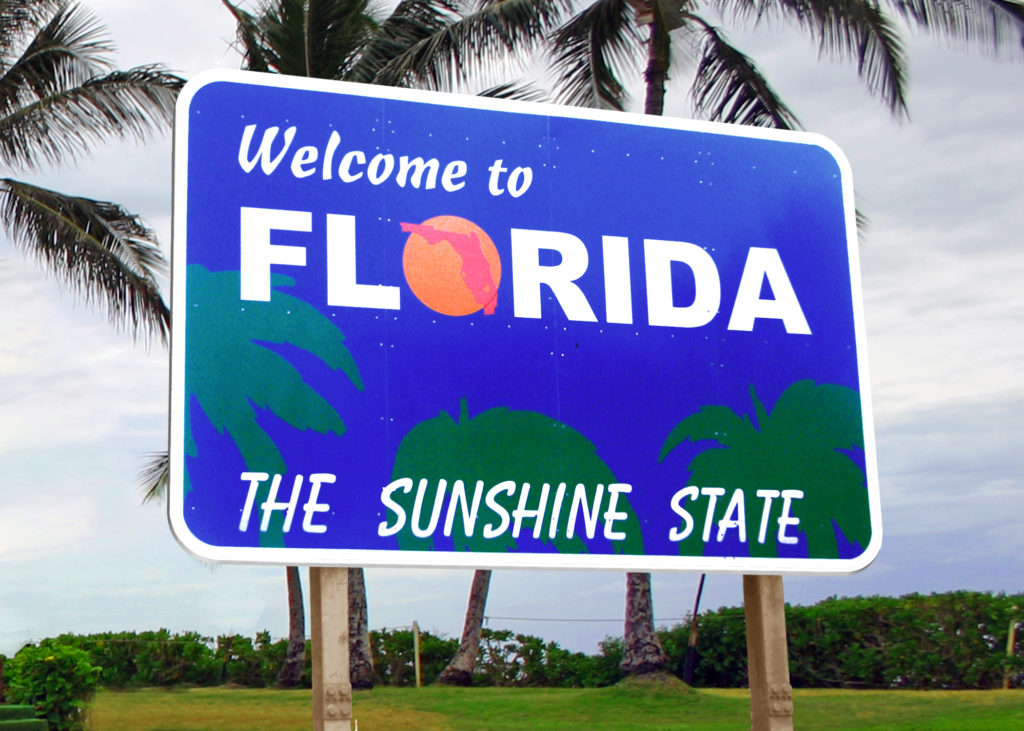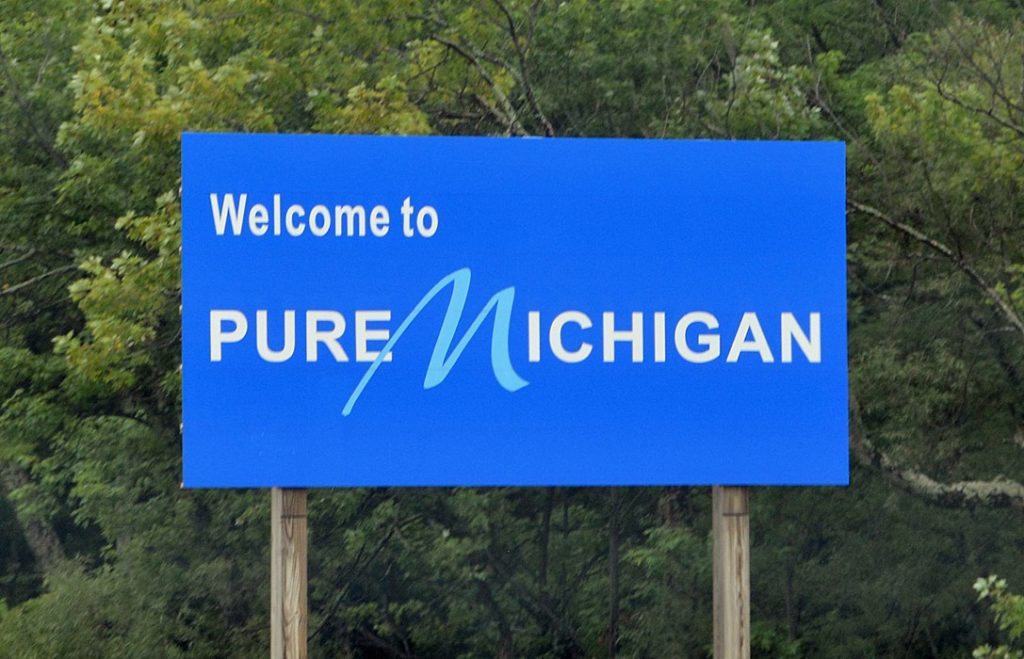While most of the country stays at home sheltering in place, there are still those who must drive across parts of the country. Though the numbers of drivers are low, people still have reasons to drive across state lines. Maybe they need to get home or are traveling due to an emergency. Perhaps they are starting a new job, or moving to be with a loved one. Maybe they are needed for elder care or childcare situations.
If we think about it, there are numerous reasons for driving long distances and across state lines that have nothing to do with tourism. Once you’ve made the decision to drive, the obvious next question is, “Are there driving restrictions in place due to coronavirus?”
Interestingly enough, our Constitution guarantees the right to enter one state and leave another. However, jurisdictions can require quarantines or statements of purpose. And they have!
Anyone considering a long-distance drive, even within one state, should follow the advice of the Centers for Disease Control and Prevention. Since restrictions vary so much state by state, the more research you do regarding what’s closed, what’s limited, and what’s still open, the less stress you’ll experience on your drive.
Driving Restrictions During Coronavirus Vary State-by-State
Let’s take a closer look at a sample of 7 states and see what sorts of restrictions are in place. For all 48 contiguous states, you can learn more here.
Driving restrictions: Stay-at-home order in effect for all but essential activities.
Restaurants: No dine-in service.
Hotels: More than 150 hotels are providing discounted housing to health care workers helping coronavirus patients. Hundreds of other hotels are potentially eligible for participation in the state’s leasing program.
Other: Many state and national parks are closed. Travel to rural outdoor destinations is discouraged.
Driving restrictions: The governor is requiring most individuals who enter Florida from states with substantial community spread, (including New York, New Jersey and Connecticut), to self-quarantine or self-isolate for 14 days or the duration of their trip, whichever is shorter.
Roadside checkpoints are set up on interstates. Anyone from Louisiana will be ordered to quarantine for 14 days. With the exception of essential trips, a shelter-in-place order is in effect.
Restaurants: No dine-in service.
Hotels: In most cases, vacation rentals are prohibited from taking on new reservations and from accepting new guests. Hotels, motels, inns, time-shares and resorts are exempt.
Other: Theme parks and other attractions are closed, as are many beaches. The Florida Keys are closed to visitors.

Image:DonkeyHotey courtesy Flickr.com
Driving restrictions: People arriving from Louisiana by car must self quarantine for 14 days, or the duration of their trip, whichever is shorter.
Additionally, people arriving from California, Washington, Louisiana, New York, New Jersey and Connecticut or the cities of Atlanta, Chicago, Detroit, and Miami, must also self quarantine. That restriction does not apply to certain essential workers and the military. Statewide stay-at-home orders are in effect except for essential activities.
Restaurants: People are encouraged to use pickup options for food and avoid eating in restaurants.
Hotels: Not ordered to close.
Driving restrictions: All travelers arriving in Massachusetts are instructed to self-quarantine for 14 days unless they are essential workers. Visitors should not travel to the state if they have symptoms of Covid-19. People are asked to stay at home except for essential activities.
Restaurants: No dine-in-service.
Hotels: Lodging for leisure or vacation is prohibited, but is allowed when necessary for an essential service.
Driving restrictions: A stay-at-home order is in effect for all but essential activities.
Restaurants: No dine-in service.
Hotels: No closure order.
Other: State parks, recreation areas and historic sites are closed, as are Chicago’s entire Lakefront Trail, adjacent parks, 606 Trail and Riverwalk.
Driving restrictions: People may enter or leave the state to go to their residence. Travel to a vacation rental is banned. In most instances, travel between two residences within Michigan prohibited. A stay-at-home order bans all but essential activities.
Restaurants: Takeout food is allowed.
Hotels: Have not been closed.

Courtesy Wikimedia.org
Driving restrictions: Shelter-in-place order in effect for all but essential activities. On April 9, officials in Gunnison County, home to Crested Butte Mountain ski resort, issued a public health order prohibiting all nonresidents, including nonresident homeowners, from remaining in the county until at least April 30.
Restaurants: No dine-in service.
Hotels: Not ordered to close.
Other: Rocky Mountain National Park is closed. Nonessential travel to rural destinations is discouraged because of limited medical facilities.
Final Thoughts
Needless to say, the US is a big, diverse place. Though many of the states are similar in their restrictions, some states have unique situations to address. Colorado has resorts with an influx of seasonal visitors. States such as Michigan, California, and Arizona have people driving between two residences. On one hand we might think these issues are easy to address. After researching this topic, though, it’s reassuring to know that each state created driving restrictions during coronavirus guidelines accordingly.
The responses below are not provided or commissioned by the bank advertiser. Responses have not been reviewed, approved or otherwise endorsed by the bank advertiser. It is not the bank advertiser's responsibility to ensure all posts and/or questions are answered.
6 comments
Thank u so much for the information.
Nice post.Thanks…
Glad you found it useful. Thanks for reading!
Is there an update to this information, since August, 2020????
Hi Charles, Is there a particular destination you have in mind? Maybe we can help you find the most updated information. Thanks for reading!
Very helpful post. Thank you.